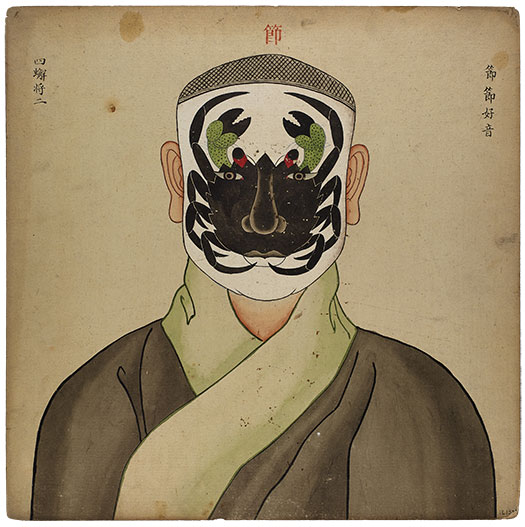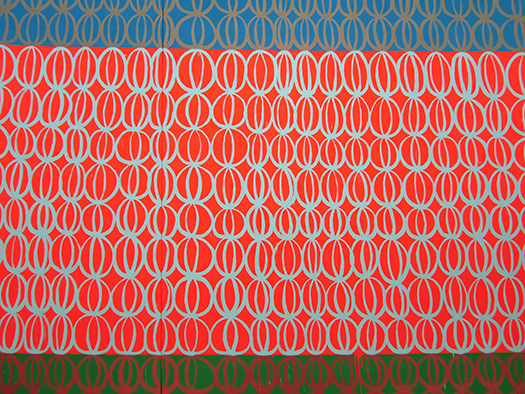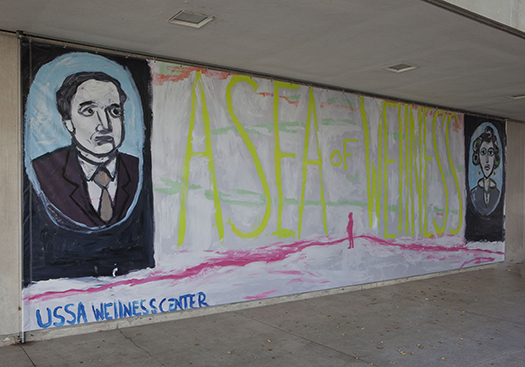Past Exhibitions

Imaging/Imagining: The Body as Art
March 25 – June 22, 2014
Organized by physicians at the University of Chicago, this exhibition gathers images of the body from a range of historical periods

Inspired by the Opera: Contemporary Chinese Photography and Video
February 13–June 15, 2014
Since the mid 1990s, a number of Chinese artists have incorporated the visual vocabulary of Chinese opera into new art forms.

Performing Images: Opera in Chinese Visual Culture
February 13 – June 15, 2014
During the Ming (1368–1644) and Qing (1644–1911) dynasties, opera lay at the heart of Chinese social and ritual life.

Judy Ledgerwood: Chromatic Patterns for the Smart Museum
December 26, 2013–June 21, 2015
Chicago-based artist Judy Ledgerwood creates an immense, site-specific wall painting for the Smart Museum.

Interiors and Exteriors: Avant-Garde Itineraries in Postwar France
December 17, 2013 – March 16, 2014
This exhibition traced the relationship between the emerging generation of avant-garde movements in 1950s France and the surrealist movement, re-established in Paris after the war.

State of Mind: New California Art Circa 1970
October 3, 2013 – January 12, 2014
In the late 1960s and early 1970s, when the Imagists exhibited in Chicago and abstract painting held sway in New York, a distinct strain of avant-garde and conceptual art emerged in California.

Wings, Speed, and Cosmic Dominion in Renaissance Italy
September 3 – December 8, 2013
This intimate exhibition examines the Renaissance fascination with wings as symbols of speed and power.

Zachary Cahill: USSA 2012: Wellness Center: Idyllic—affair of the heart
August 23, 2013 – August 3, 2014
In his site-specific banner commissioned for the Smart Museum’s courtyard, Zachary Cahill questions whether art has the power to make us well.

The Land Beneath Our Feet: American Art at the Smart Museum
June 27 – August 25, 2013
Tracing a chronological arc of almost a century, this exhibition showcases both familiar and lesser-known works from the Smart Museum’s collection of American art.

Other Modernisms: Serge Charchoune (1889-1975)
May 7 – August 25, 2013
The achievement of Franco-Russian painter Serge Charchoune (1889–1975) is among the least widely known or understood in twentieth-century European art.